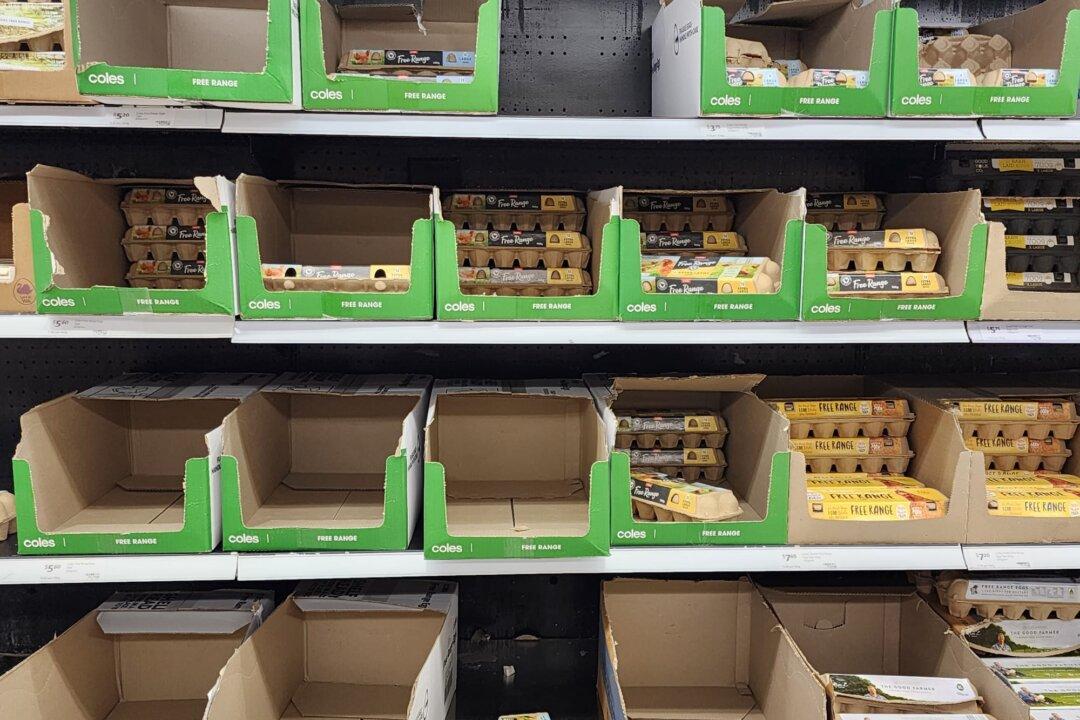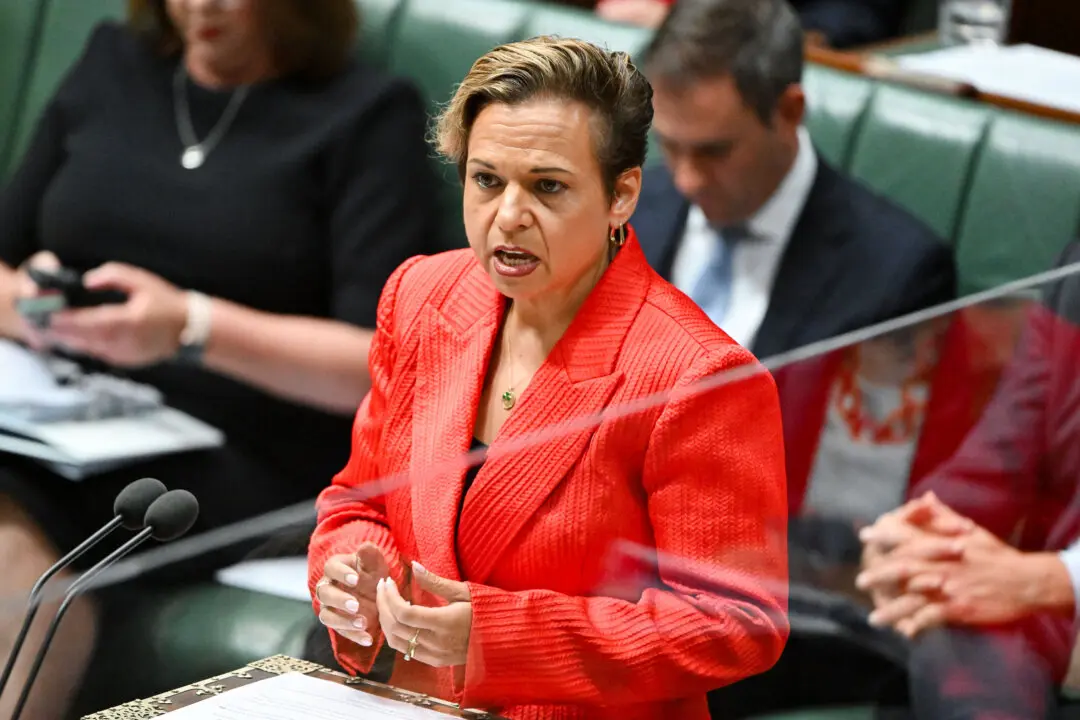Experts are assuring Australians that the current bird flu circulating in Victorian farms will not make major waves to public health or the national egg supply.
Six Victorian poultry farms have detected cases of avian influenza, sparking fears of egg shortages and mass bird cullings.





